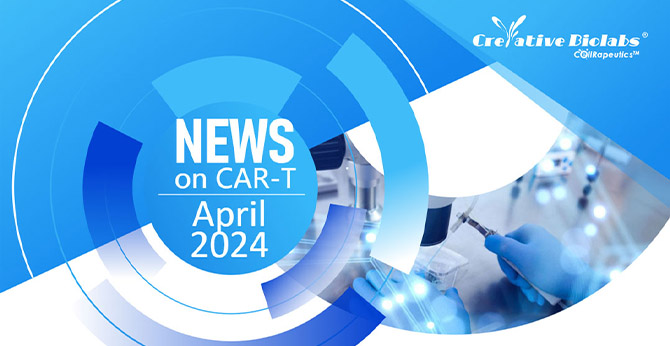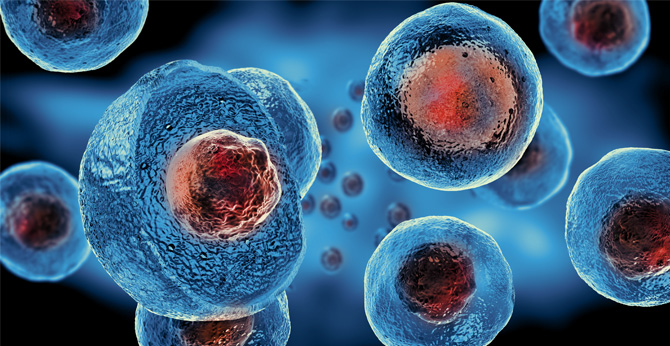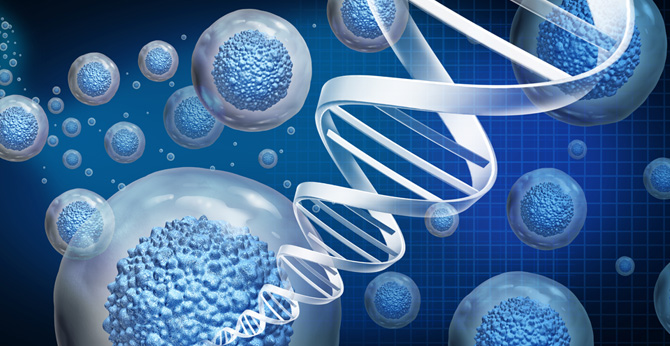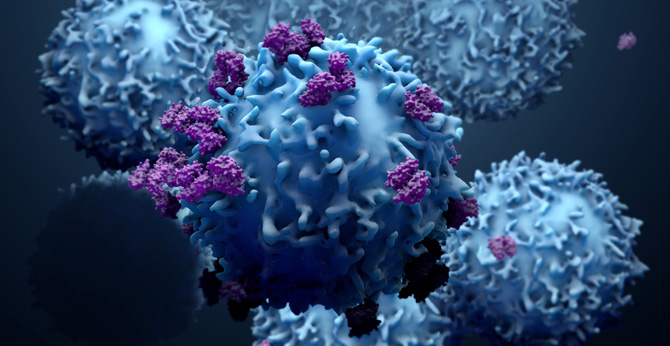All products and services are For Research Use Only and CANNOT be used in the treatment or diagnosis of disease.
The Anti-CD37 (X11X137) h(28OXζ) CAR-Jurkat-NFAT-Luc cell line is a stable cell line derived from anti-CD37 CAR lentivirus transduction using Jurkat-NFAT-luciferase cell as effector cell. This transduced CAR lentiviral vector was constructed to express scFv of an anti-CD37 antibody linked to the CD28-OX40-CD3ζ signaling domains. The CAR-Jurkat cell line constitutively expressing the firefly luciferase gene under the control of NFAT response elements to facilitate subsequent research. And the recombinant cell product targeted CD37 for CAR-T studies in human Systemic lupus erythematosus (SLE).
There are currently no customer reviews or questions for Anti-CD37 (X11X137) h(CD28-OX40-CD3ζ) CAR-Jurkat-NFAT-Luc (XS-1122-LX2923). Click the button below to contact us or submit your feedback about this product.
For research use only. Not intended for any clinical use. No products from Creative Biolabs may be resold, modified for resale or used to manufacture commercial products without prior written approval from Creative Biolabs.
For any technical issues or product/service related questions, please leave your information below. Our team will contact you soon.
 NEWSLETTER
NEWSLETTER
The latest newsletter to introduce the latest breaking information, our site updates, field and other scientific news, important events, and insights from industry leaders
LEARN MORE NEWSLETTER NEW SOLUTION
NEW SOLUTION
CellRapeutics™ In Vivo Cell Engineering: One-stop in vivo T/B/NK cell and macrophage engineering services covering vectors construction to function verification.
LEARN MORE SOLUTION NOVEL TECHNOLOGY
NOVEL TECHNOLOGY
Silence™ CAR-T Cell: A novel platform to enhance CAR-T cell immunotherapy by combining RNAi technology to suppress genes that may impede CAR functionality.
LEARN MORE NOVEL TECHNOLOGY NEW SOLUTION
NEW SOLUTION
Canine CAR-T Therapy Development: From early target discovery, CAR design and construction, cell culture, and transfection, to in vitro and in vivo function validation.
LEARN MORE SOLUTION